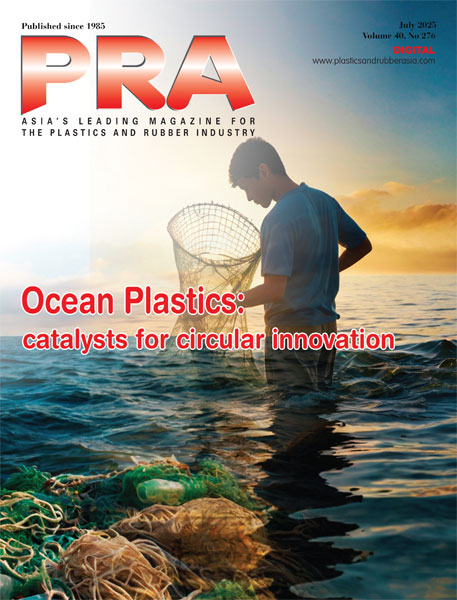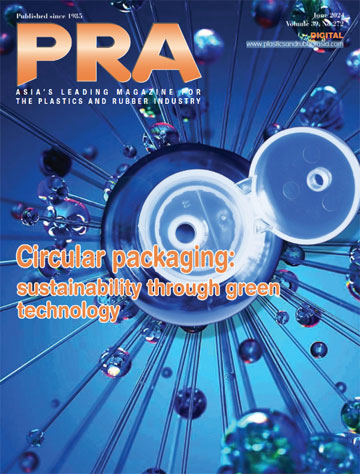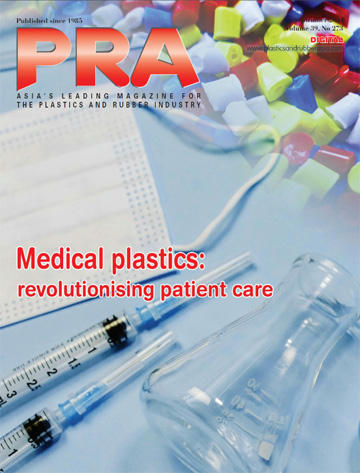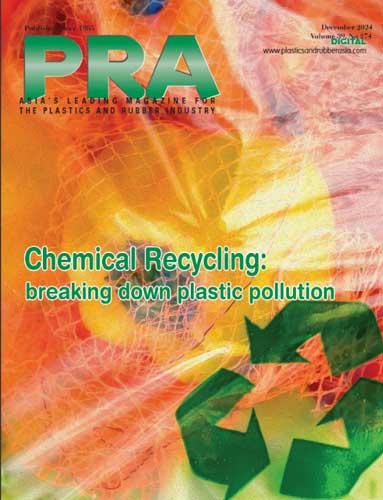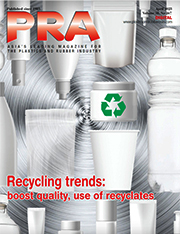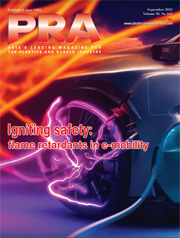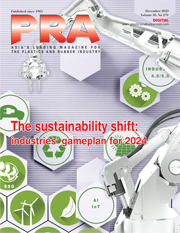Recycling: Researcher develop new method to recycle Teflon; BASF/ETH study chemical recycling via gasification of mixed plastic waste from ELVs

UK scientists from the University of Birmingham and Newcastle University have developed what they say is a clean and energy-efficient way to recycle Teflon (PTFE), a material best known for its use in non-stick coatings and other applications that demand high chemical and thermal stability.
The researchers discovered that waste Teflon can be broken down and repurposed using only sodium metal and mechanical energy – movement by shaking at room temperature and without toxic solvents.
Publishing their findings in the Journal of the American Chemical Society (JACS), researchers reveal a low-energy, waste-free alternative to conventional fluorine recycling.
Polytetrafluoroethylene (PTFE), best known by the brand name Teflon, is prized for its resistance to heat and chemicals, making it ideal for cookware, electronics, and laboratory equipment, but those same properties make it almost impossible to recycle.
When burned or incinerated, PTFE releases persistent pollutants known as ‘forever chemicals’ (PFAS), which remain in the environment
for decades. Traditional disposal methods therefore raise major environmental and health concerns.
Dr Roly Armstrong, Lecturer in Chemistry at Newcastle University and corresponding author said: “The process we have discovered breaks the strong carbon–fluorine bonds in Teflon, converting it into sodium fluoride which is used in fluoride toothpastes and added to drinking water.
The research team tackled this challenge using mechanochemistry – a green approach that drives chemical reactions by applying mechanical energy instead of heat.
Inside a sealed steel container known as a ball mill, sodium metal fragments are ground with Teflon,which causes them to react at room temperature. The process breaks the strong carbon–fluorine bonds in Teflon, converting it into harmless carbon and sodium fluoride, a stable inorganic salt which is widely used in fluoride toothpastes.
The researchers then showed that the sodium fluoride recovered in this way can also be used directly, without purification, to create other valuable fluorine-containing molecules. These include compounds used in pharmaceuticals, diagnostics, and other fine chemicals.
Associate Professor Dr Dominik Kubicki, who leads the University of Birmingham’s solid-state Nuclear Magnetic Resonance (NMR) team, commented: “We used advanced solid-state NMR spectroscopy – one of our specialities at Birmingham – to look inside the reaction mixture at the atomic level. This allowed us to prove that the process produces clean sodium fluoride without any by-products. It’s a perfect example of how state-of-the-art materials characterisation can accelerate progress toward sustainability.”
The discovery provides a blueprint for a circular economy for fluorine, in which valuable elements are recovered from industrial waste rather than discarded. This could significantly reduce the environmental footprint of fluorine-based chemicals, which are vital in medicine, electronics, and renewable-energy technologies.
In other news, a new research study by ETH Zurich, in collaboration with German chemical firm BASF SE, has investigated an alternative route for mixed plastic waste streams from end-of-life vehicles: to recycle it alongside biomass. The results show: the recycling of 1 kg of automotive shredder residues with 3 kg of biomass reduces greenhouse gas emissions by more than 3 kg CO2-eq. as compared to their incineration for energy recovery. As the European Union prepares legislation on end-of-life vehicles (ELVs), these findings have implications for policy makers.

The ETH study follows a gasification pilot project conducted by BASF and BEST GmbH/Austria mid of 2025. For the first time, the project in BEST’s pilot plant combined the gasification of biomass together with plastic waste from automotive shredder residue.
This study shows: Instead of incinerating plastics and biomass to generate electricity and steam, co-gasification produces steam and synthesis gas, a valuable feedstock for chemicals. Providing this novel circular raw material to the chemical industry reduces consumption of fossil resources, thus lowering emissions and keeping carbon in the loop.
However, to replace fossil feedstocks with alternatives made from plastic waste streams and bio-waste, a supportive legal framework is needed that acknowledges mixed plastic waste as recyclable and sets long-term targets to society for this replacement.
But while legislation already supports gasification of bio-waste - leading to first investments in maritime and aviation fuel - there is no comparable support for recycling plastic waste streams via gasification. "It is simply not efficient to operate separate gasification plants for bio-waste and for plastics waste streams. Instead, we call for policy to enable a multi-purpose of the plants through an audited, flexible mass balance approach," concludes Martin Jung, President of BASF’s Performance Materials division.
The volume potential for non-fossil feedstock from automotive plastic waste is significant. Research estimates that over 1 million tonnes of automotive plastic waste is being either incinerated or landfilled in Europe every year. While there are opportunities to sort out more plastic waste (e.g., for mechanical recycling), there always remains a residual mixed plastic waste stream. The research results show that the recycling of this plastics waste, alongside biomass, is possible in a multi-purpose asset and results in lower CO2 emissions than via incineration for energy recovery.
Due to the high quality of the new circular raw materials stemming from this waste, the manufactured new materials, e.g. plastics, have the quality of new goods and meet the demanding requirements of high-performance plastics, as they are particularly needed for safety-relevant automotive components.
(PRA)SUBSCRIBE to Get the Latest Updates from PRA Click Here»




